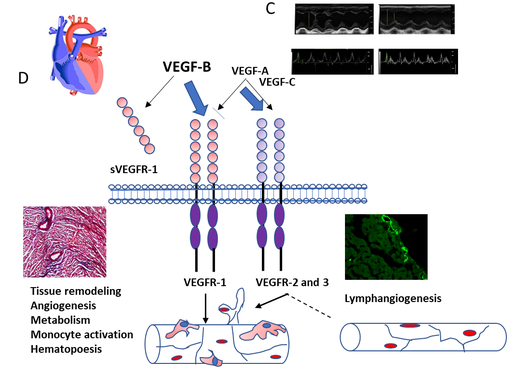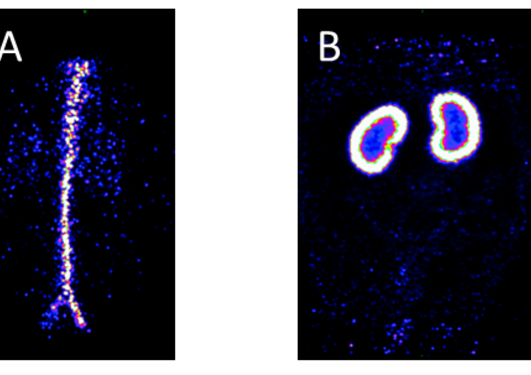
The group focuses on the space outside the blood vessels, i.e. the interstitium and lymph vessel function, mostly in skin.
We have developed methods for isolation of interstitial fluid in tissues where such fluid is not readily available, like tumours, bone marrow and skin. We have developed imaging methods for measurement of lymph flow in experimental animals and a mass spectrometry based method to quantify multiple proteins in interstitial fluid and their distribution volume in the tissue.
Our recent focus is the role of the skin interstitium and its macrophages in controlling blood pressure. This is a new and emerging field of research, introducing the skin as a regulator of blood pressure and brings us into the field of interstitial fluid lymphatic vessel (patho)physiology and immunology that may influence our view on salt and water homeostasis in the body.
The Cardiovascular Research Group is part of the Translational Cancer and Vascular Unit at the Department of Biomedicine.
We study transcapillary fluid exchange under normal conditions and in disease, for example hypertension and inflammation. Our approach is integrative and translational.


